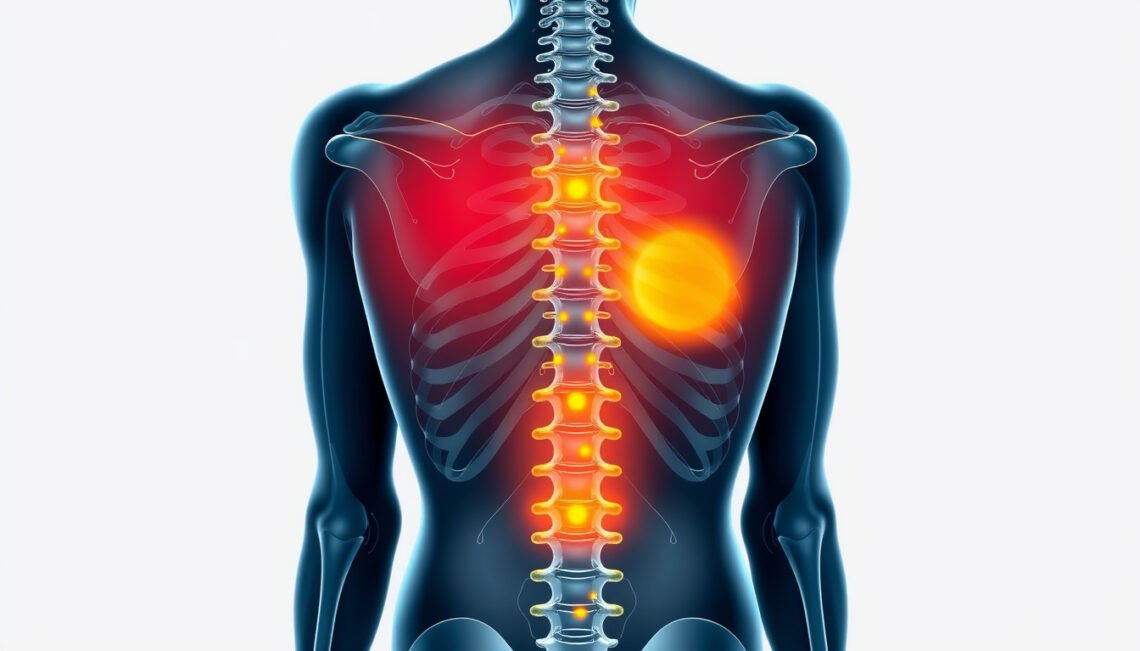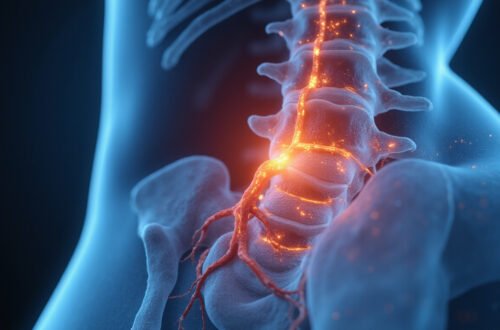Sciatica trigger points are a common source of discomfort for many people suffering from sciatica pain. These hyperirritable spots in the muscles can mimic or worsen sciatic nerve pain, making it essential to understand how to identify and relieve them effectively. In this article, we’ll explore what sciatica trigger points are, how to find them, and practical strategies to alleviate your pain and improve mobility.
What Are Sciatica Trigger Points?
Sciatica trigger points are tight knots or spots in the muscles that refer pain along the path of the sciatic nerve. Unlike nerve compression caused by a herniated disk, sciatica trigger points arise from muscle dysfunction, often in the piriformis, gluteal, or lower back muscles. These points are tender to touch and can cause sharp, shooting, or burning sensations down the leg, mimicking classic sciatica symptoms.
Understanding these trigger points is crucial because they can either cause sciatica-like pain or worsen existing nerve-related pain. Addressing trigger points alongside other treatment methods can lead to more comprehensive pain relief.
How to Identify Sciatica Trigger Points
Identifying sciatica trigger points can be a bit tricky since their symptoms often overlap with nerve-related pain. However, there are specific signs and techniques that can help pinpoint these muscular pain generators:
Signs of Sciatica Trigger Points
- Localized tenderness or tightness in muscles of the lower back, buttocks, or thighs
- Referred pain patterns radiating down the leg, which do not follow a typical nerve distribution exactly
- Muscle stiffness and reduced range of motion in hips or lower back
- Pain that increases after prolonged sitting or physical activity involving the hip muscles
Self-Palpation Technique
To locate sciatica trigger points at home, try self-palpation on key muscle groups:
-
Piriformis muscle: Located deep in the buttock, just below the center of the sacrum and extending towards the greater trochanter of the femur. Press deep into this area while sitting or lying down and note any tender spots or radiating pain.
-
Gluteus medius and minimus muscles: Located on the side of the hip and upper buttock, apply firm pressure to feel for knots or tender areas.
-
Lower back muscles (erector spinae): Palpate along the lower spine to detect tight bands of muscle.
If pressing on a point reproduces your sciatic leg pain, it’s likely a sciatica trigger point.

Effective Ways to Relieve Pain from Sciatica Trigger Points
Once you’ve identified the trigger points, it’s time to address them with targeted treatment. Here are several effective strategies for relieving pain caused by sciatica trigger points:
1. Manual Trigger Point Release
Manual therapy involves applying direct pressure to trigger points to help the muscle relax and reduce referred pain. You can use your fingers, knuckles, or a massage tool like a lacrosse ball:
- Apply firm but tolerable pressure on the trigger point for 30 to 60 seconds.
- Release gradually and repeat as needed.
- Follow with gentle stretching to restore muscle flexibility.
2. Stretching Exercises
Stretching can help lengthen tight muscles and reduce pressure on the sciatic nerve pathways:
-
Piriformis Stretch: Lie on your back with knees bent, cross one leg over the other and gently pull the crossed leg toward your chest. Hold for 20-30 seconds and repeat 2-3 times on each side.
-
Hamstring Stretch: Sit on the floor with one leg extended and the other bent. Reach toward your toes on the extended leg for a hamstring stretch that can ease tension down the leg.
3. Heat Therapy
Applying heat can increase blood flow and relax muscle tension around the trigger points:
- Use a heating pad or warm towel on the affected area for 15-20 minutes.
- Avoid too much heat to prevent skin irritation.
4. Physical Therapy and Professional Massage
A physical therapist can help identify and treat sciatica trigger points using specialized techniques such as dry needling, myofascial release, or therapeutic massage. These professional interventions often yield faster and longer-lasting relief.
5. Over-the-Counter Pain Relief
Nonsteroidal anti-inflammatory drugs (NSAIDs) or topical analgesics can reduce inflammation and alleviate muscle pain but should be combined with physical treatments for best results.
Top 5 Tips to Manage Sciatica Trigger Points at Home
- Maintain good posture while sitting and avoid prolonged periods of sitting.
- Incorporate regular gentle exercise, such as walking or swimming.
- Use ergonomic chairs or cushions to reduce muscle strain.
- Practice mindful breathing and relaxation techniques to ease muscle tension.
- Stay hydrated and maintain a balanced diet to support muscle health.
Frequently Asked Questions About Sciatica Trigger Points
Q1: How are sciatica trigger points different from sciatica nerve pain?
A1: Sciatica nerve pain primarily results from irritation or compression of the sciatic nerve itself, often due to spinal issues. Sciatica trigger points, however, originate in tight or knotted muscles that refer pain along the nerve’s path, mimicking nerve pain but requiring muscle-targeted treatments.
Q2: Can sciatica trigger points cause numbness or weakness?
A2: Trigger points typically cause localized muscle pain and referred pain but do not usually cause numbness or muscle weakness. Those symptoms suggest true nerve involvement, which may require more comprehensive medical evaluation.
Q3: Is dry needling effective for treating sciatica trigger points?
A3: Yes, dry needling performed by trained professionals can be very effective at releasing sciatica trigger points by targeting the muscle knots and relieving tension, often leading to significant pain reduction (source).
Conclusion: Take Control of Your Sciatica Trigger Points Today
Sciatica trigger points can significantly impact your quality of life by worsening or mimicking nerve pain. However, with the right knowledge and proactive treatment, you can identify these muscular pain sources and find effective relief. Incorporate self-massage, stretching, heat therapy, and seek expert care if necessary to manage your pain. Don’t let sciatica trigger points hold you back—start your journey toward comfort and mobility today. If you’re struggling with persistent pain or unsure about the source, consult a healthcare professional for personalized advice and treatment plans. Your path to pain-free living is within reach.






